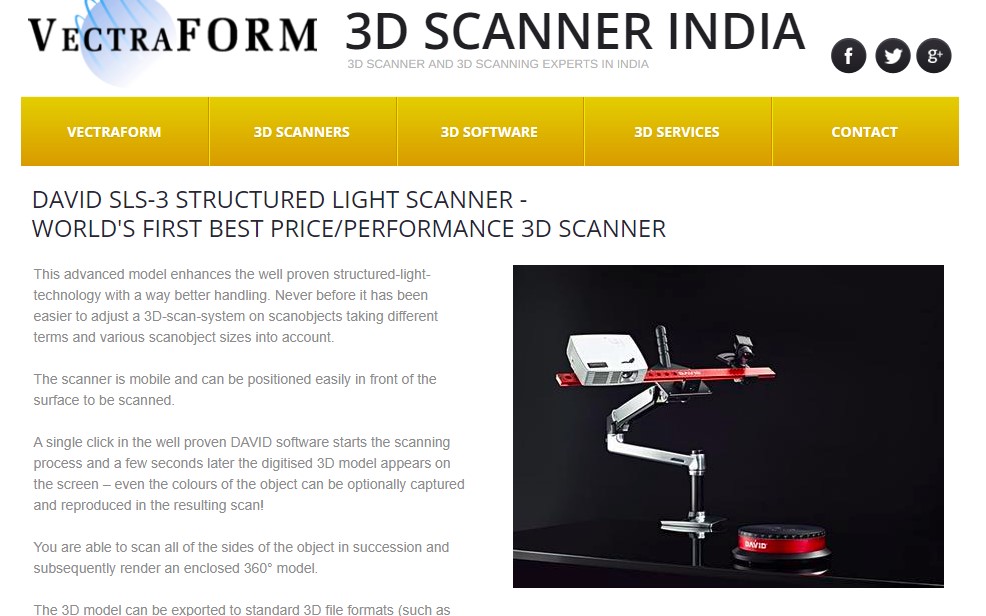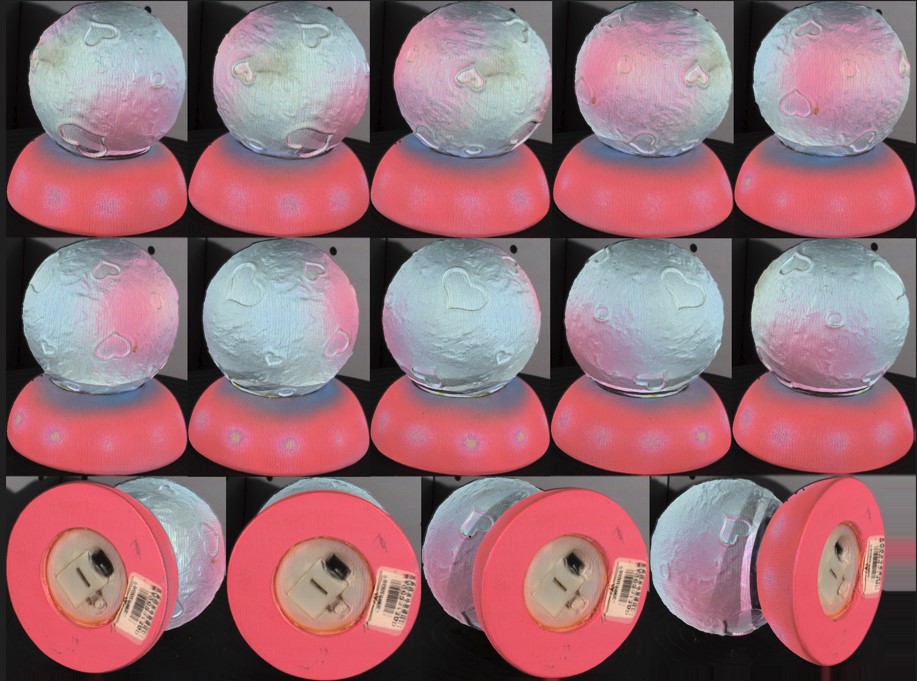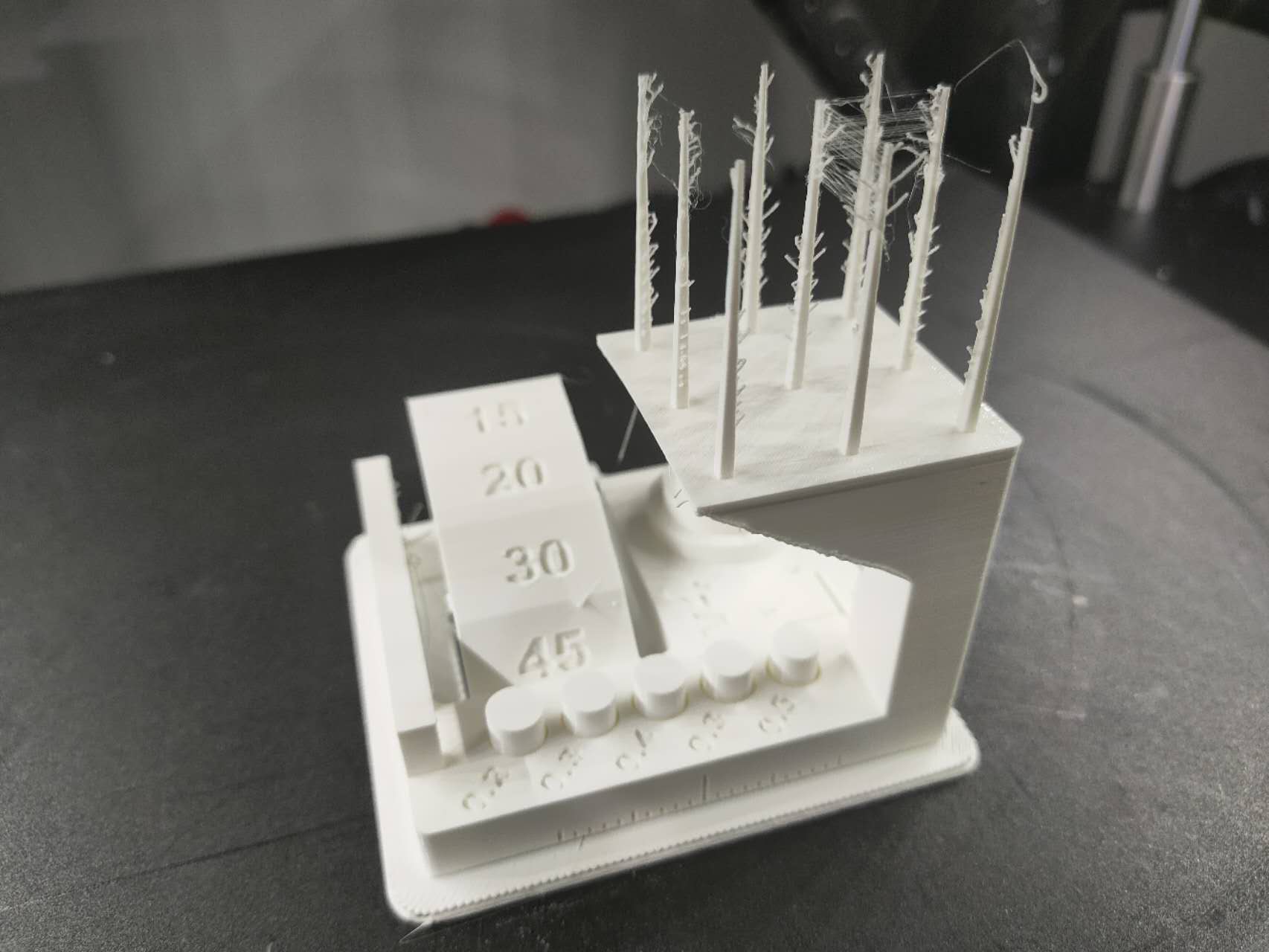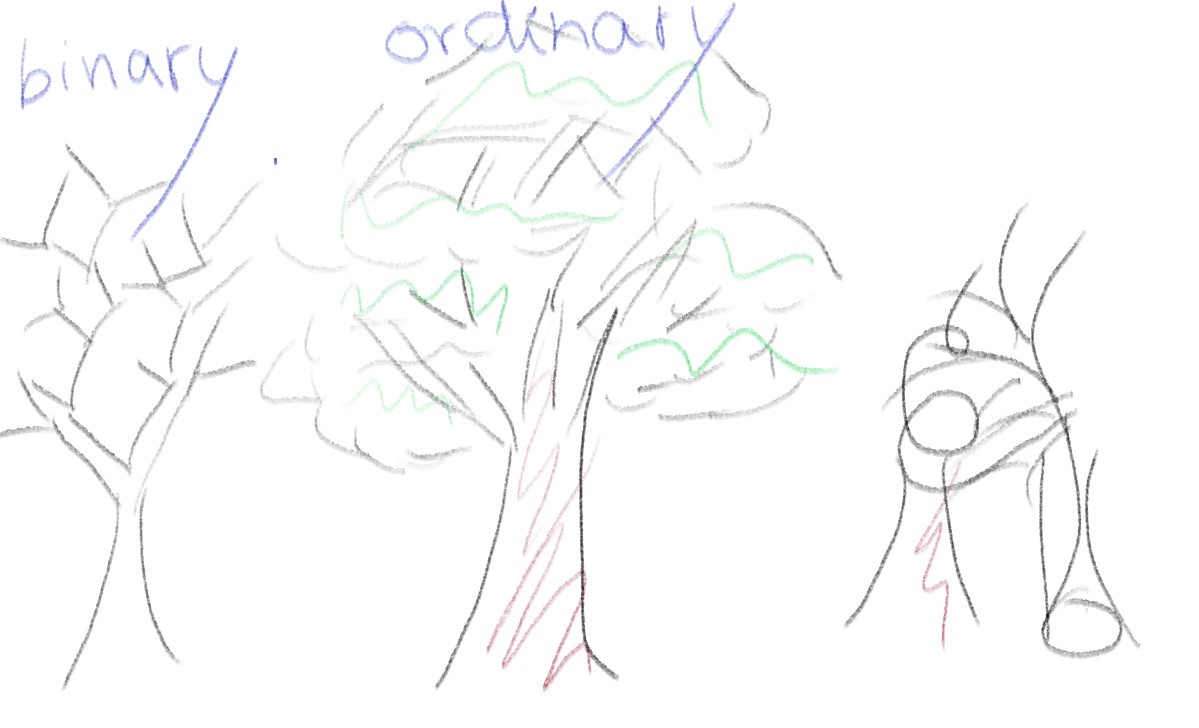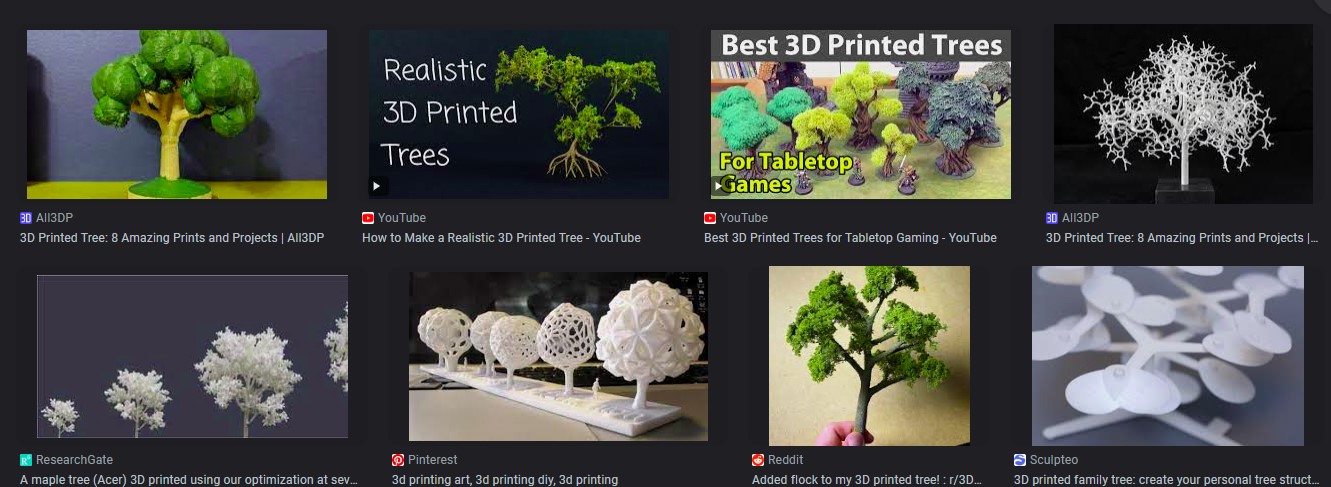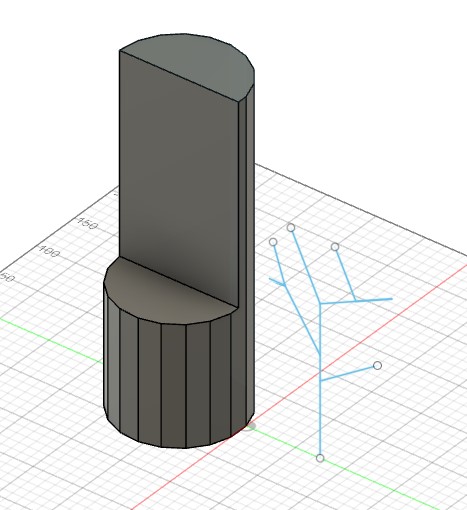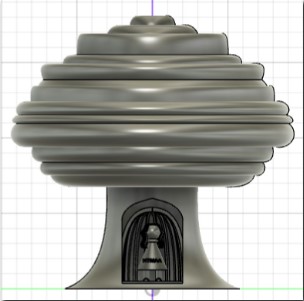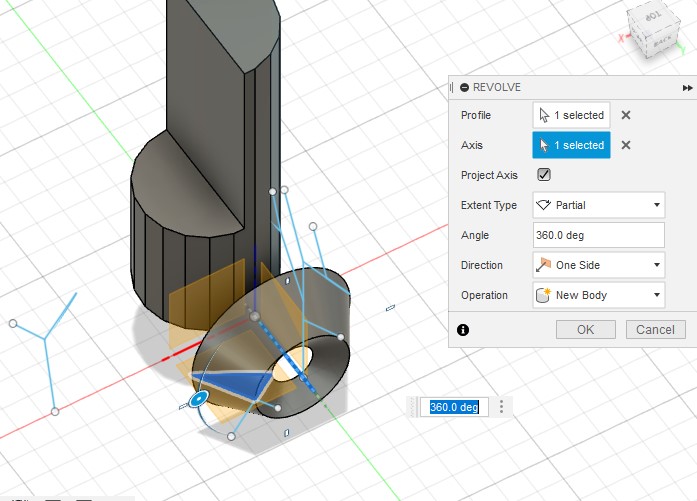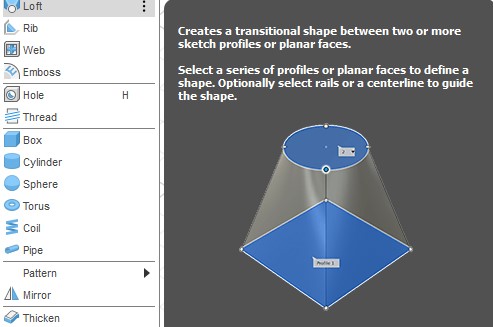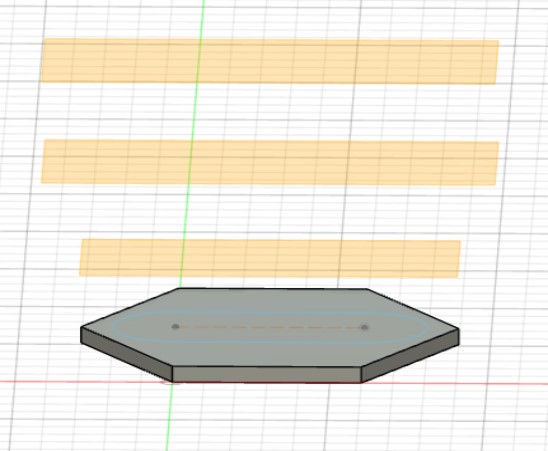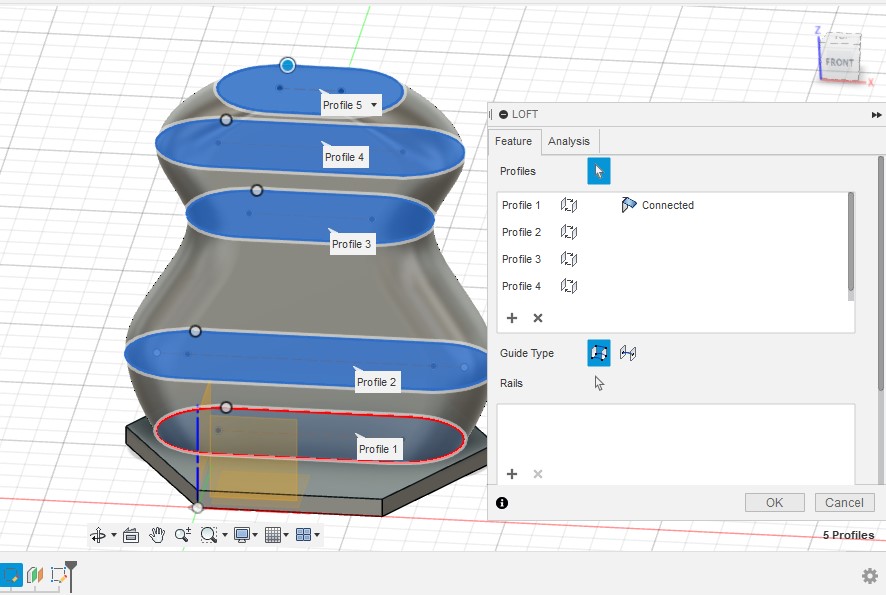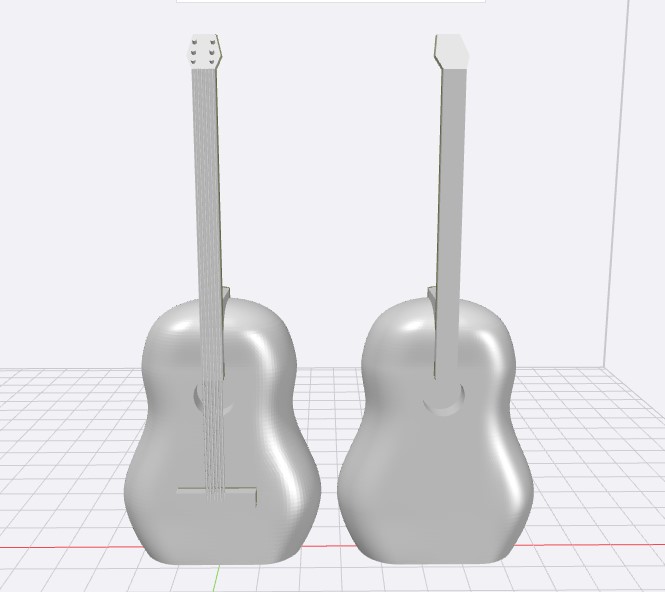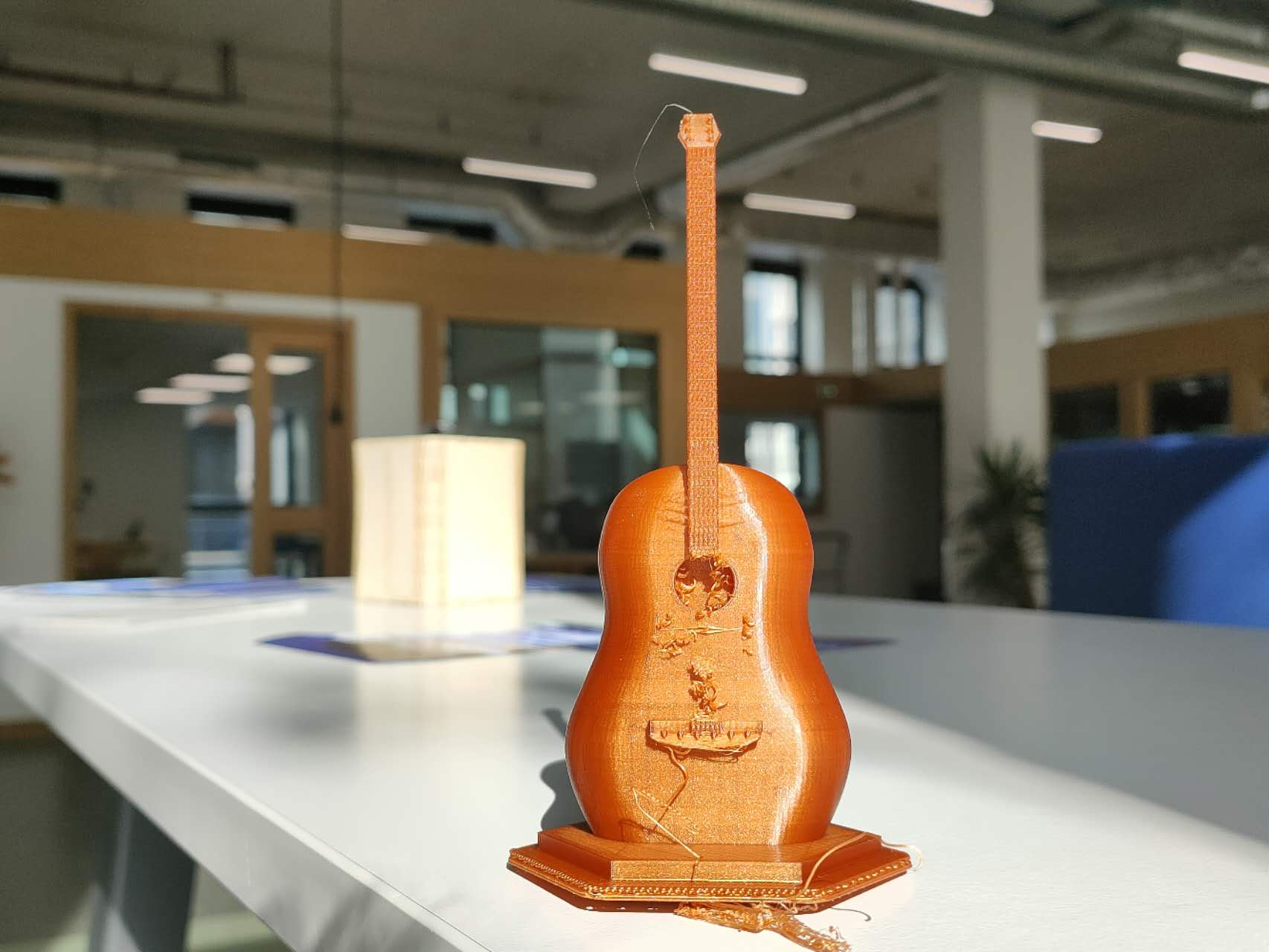Week 5 - 3D scanning and printing¶
Assignments | Week 5 | 3D Scanning and Printing
Group assignment
- Test the design rules for your 3D printer(s)
- Document your work on the group work page and reflect on your individual page what you learned about the characteristics of your printer(s)
Individual assignment
- Design and 3D print an object (small, few cm3, limited by printer time) that could not be easily made subtractively
- 3D scan an object (and optionally print it)
Learning outcomes
- Identify the advantages and limitations of 3D printing
- Apply design methods and production processes to show your understanding of 3D printing.
- Demonstrate how scanning technology can be used to digitize object(s)
The 3D printing and scanning week started! I’m super excited because I have always wanted to use a 3D printer. The 3D printer allows us to build many objects. From ordinary things to art and architecture. A 3D printer uses the additive manufacturing process. It consists of building objects by adding layers of materials on a surface called a “bed”.
People usually consider subtractive manufacturing as the opposite. Subtractive manufacturing consists of cutting materials off. For instance, laser cutting is an example of subtractive manufacturing Week 3 : Computer-controlled cutting
Before assignments: Questions and confusion¶
What is the end purpose of 3D printing?
In the past, I’ve heard about how amazing a 3D printer is. It can build any object from a 3D model on a computer. But what are the values of 3D printers and additive manufacturing processes for people? In other words, why do people like it so much? I found some pros and cons on the web:
People enjoy 3D printing because they can create unique and personalized designs that would be difficult or impossible to achieve with traditional manufacturing techniques. 3D printing is also useful for rapid prototyping. You can quickly create multiple versions of a product to test and refine your design using low-cost material.
3D printing also has its own limitations. For example, time-consuming. Depending on the size and complexity of the design, it can take hours or even days to print a single object. Also, most 3D printers have a limited build volume, which can limit the size of the objects that can be printed. This can be a disadvantage when trying to create large objects or multiple parts at once.
What software is for the conception and the design of a 3D printing file
Neil talked about file format in class. But I didn’t know which software people usually pick and what do to for exporting file. So after class, I asked our Fab’Academy instructor Stephane. He said that we could use Fusion 360 to design our object and when it’s done, just select the body and then Save as mesh.
3D scanning¶
Before we realise 3D scanning, I thought that 3D scanning is taking a bunch of photos of an object and that a 3D model can easily be made by some professional software.
The truth is that 3D scanning is more complex than I would imagine.
The primary purpose of a 3D scanner is to convert an object into a 3D model. When we did our local review, Stephane added that a 3D scanner converts an object into more than a 3D model on our computer. The object can be converted into a mesh.
I choose a little decoration item. It represents a moon colored with a nuance of pink and blue. For the details, the lunar craters are in the form of a heart.
We did the structured light 3d scanning with DAVID
Group assignment¶
Design and 3D print an object¶
3D print a tree, mission abandoned¶
Just before I run to the fab lab, I saw the little tree on my balcony. I was thinking: “3d print a tree, it’ll be so funny.”
Every dream has to face the reality.
I tried to build from scratch a part of the tree. The idea was a great beginning but I was limited by my imagination as long as I finished the tree trunk: I realized that I can’t go further because I never sketched a real-life tree, and 3D modeling a thing that I can barely draw in 2D, it’s very difficult.
To water my tree of imagination, I searched on google “tree 3d print”, “tree structure”, and “how to make a realistic 3D printed tree?”. And for hours, I was looking for 3D designing methods and examples that I can understand.
It has to be small, not just ordinary geometrical forms but with details that subtractive manufacturing can’t reproduce…
I tape “3D print tree”
Thanks to Fab’Academy’s archive and Seung’s documentation.
I found a person that has done the exact thing I wanted to do! 3D print a tree and use fusion 360 for design.
Just after, I tried the revolve tool on a triangle that I just made. The result of revolving was quite good. But I’m still bothered by something.
3D print a mini-guitar¶
Another idea just appears when I was browsing the tools in Fusion.
Yes, the shape of the example looks like a guitar.
So I deleded all the sketches, and started a new one.
The design part took me 7 hours…
Issue 0: too much bodies¶
Issue 1: When exporting as mesh¶
I tryed 2 ways to export the file as stl:
- File -> Export -> Export as stl
- Select body -> Save as mesh
As you can see, the guitar at the right is missing some details.
- It’s because I extrude these parts as components. But I had no choice because the “join” option of the extrude tool don’t work.

